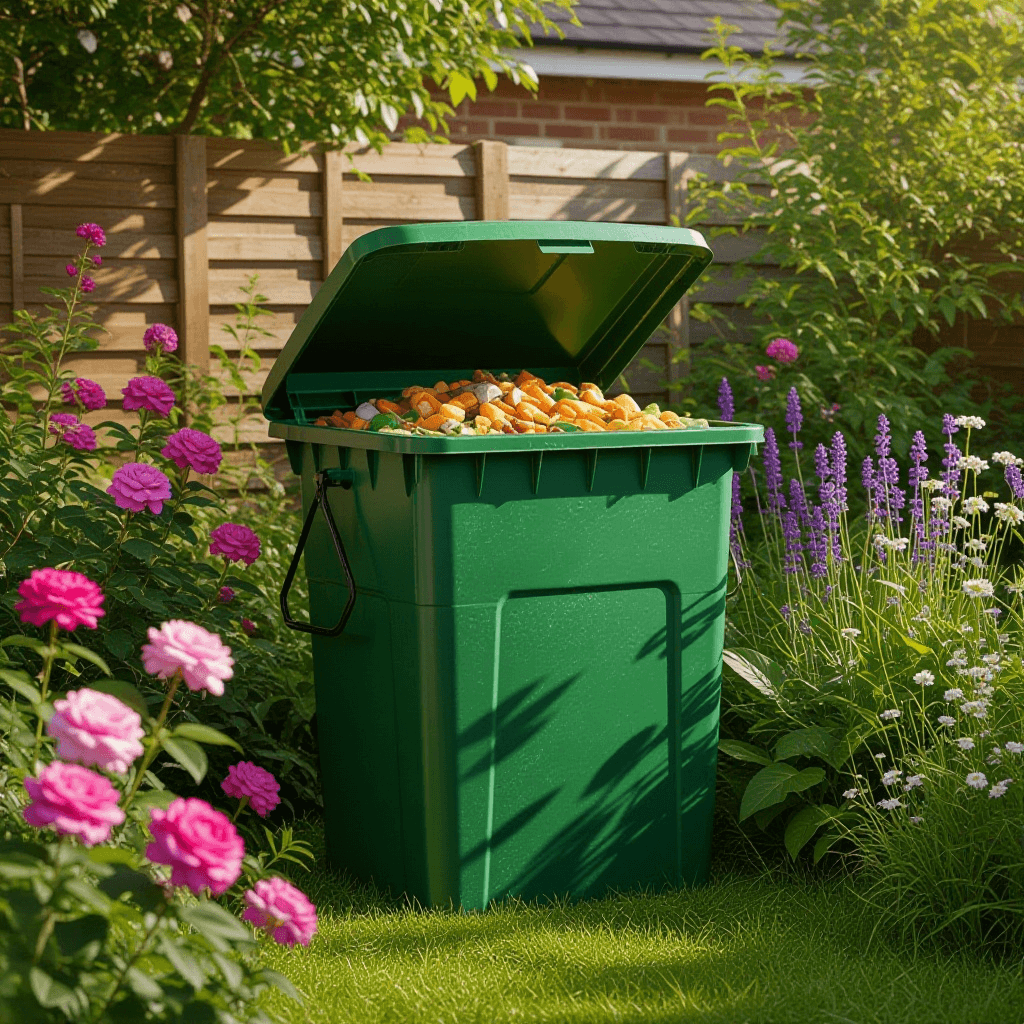Understanding January Gardening in the UK
January marks a significant moment in the UK gardening calendar as it represents the heart of winter. This month presents unique challenges for gardeners, with cold temperatures and the potential for frost posing continual threats to plants. During this period, the garden is often dormant, and outdoor tasks are limited due to the unpredictable weather conditions. However, this season also brings opportunities for thoughtful planning that can lead to a successful gardening year.
As daylight hours are shorter, gardeners must adapt their routines accordingly, choosing the right times for outdoor tasks while ensuring plants are sufficiently protected from the elements. Frost can affect not only flowering plants but also ground-level perennials, making vigilance essential during this month. It’s advisable to monitor local weather forecasts closely to prepare for sudden drops in temperature or unexpected snow. Mulching and covering tender plants can help mitigate some of these winter-related challenges.
Moreover, January offers a prime opportunity for reflection and preparation. Gardeners can utilize this downtime to strategize their gardening efforts by reviewing successes and failures from the previous year. This might involve making improvements in garden layout, selecting new plants, or planning crop rotations for the upcoming growing season. Planning irrigation and fertilization schedules is equally important as they directly impact plant health. By taking a proactive approach now, gardeners can lay a solid foundation for the vibrant blooms and bountiful produce expected in spring and summer. Overall, understanding the unique aspects of gardening in January is crucial for maximizing future results and ensuring a thriving garden throughout the year.
Essential Gardening Tasks to Complete in January
The month of January presents both challenges and opportunities for gardeners in the UK. Although the cold winter weather can deter outdoor activities, there are several essential gardening tasks that should be prioritized to ensure your garden thrives as spring approaches. One of the first tasks is pruning trees and shrubs. During this dormant period, it is beneficial to cut back overgrown branches to promote healthier growth once the warmer weather arrives. Aim to remove dead or diseased wood and shape the plants to enhance their overall structure.
Additionally, attention should be given to evergreens in the garden. While they typically do not require extensive pruning, it is important to inspect them for any signs of damage or disease. Sometimes, light trimming can help maintain their aesthetic appeal. Furthermore, mulching around the base of evergreens can provide insulation against the cold and help retain moisture in the soil during dry spells.
Preparing garden beds is another vital task this month. Cleaning up any debris and clearing away last year’s spent plants can help prevent pest problems and diseases from re-emerging in the new growing season. Once beds are clear, consider adding compost or well-rotted manure to improve soil fertility. This will enrich the soil as you prepare for new plantings in the upcoming months.
Lastly, January is also an opportune time for planning future garden expansions. Taking time to sketch out potential planting designs, selecting new plants, and considering crop rotations can set the foundation for a successful growing season ahead. By completing these essential tasks, gardeners can optimize the health and productivity of their gardens, paving the way for a vibrant spring display.
Winter Plant Care: What to Look After in Your Garden
During the month of January, gardeners must focus on winter plant care to ensure their plants thrive despite the challenges posed by colder weather. A primary concern for outdoor plants is to protect them from frost damage. It is essential to monitor weather forecasts and cover sensitive plants with fleece or similar protective materials when a frost is expected. Additionally, portable pots should be moved to sheltered locations, such as under eaves or against walls, where they can benefit from a bit of extra warmth.
Watering also remains crucial during this period, albeit with careful consideration of soil moisture levels. While plants may require less water in winter, it is still important to check the soil regularly; if it feels dry to the touch, a small amount of water can help prevent desiccation. However, one should avoid overwatering, as frozen waterlogged soil can lead to root rot, adversely affecting plant health.
Mulching plays a significant role in protecting plant roots from freezing temperatures. A layer of organic mulch, such as wood chips or straw, not only conserves moisture but also insulates the soil, keeping it warmer. Gardeners should ensure that the mulch is applied adequately around the base of plants, but not piled against stems, as this could encourage rot.
For those caring for indoor plants during January, it is vital to maintain a consistent environment. Indoor plants can suffer from dry air due to heating systems; regular misting or placement of a humidity tray can improve conditions. Furthermore, keep an eye out for pests, which may become problematic in heating-dry conditions. Inspect each plant regularly to catch issues early.
Overall, the key to effective winter plant care lies in vigilance and proactive management. Regular checks and knowledgeable adjustments can significantly enhance the vitality of both outdoor and indoor plants throughout the winter months.
Looking Ahead: Preparing for the Upcoming Gardening Season
As January draws to a close, it’s crucial for gardeners to reflect on the tasks completed during the month and to set the stage for the flourishing season ahead. This transitional period is not merely a time for maintenance; it is an opportunity for thoughtful planning and innovative thinking regarding spring plantings. By taking the time to evaluate what worked well and what could be improved in the past year, gardeners can strategize effectively for the upcoming months.
One area to focus on is establishing clear garden goals. These may include specific aspirations such as growing a larger vegetable harvest, experimenting with new plant varieties, or even creating themed garden spaces. Gardeners should consider their available space, the local climate, and personal preferences as they refine their objectives. By defining measurable goals, one is more likely to remain committed and motivated throughout the gardening season.
Additionally, now is an opportune time to prepare gardening tools and equipment for the extensive work that lies ahead. Regular maintenance of tools not only extends their lifespan but also ensures that they are in optimal working condition when the planting season arrives. Tasks such as sharpening blades, cleaning equipment, and replacing worn parts can significantly enhance efficiency and productivity later.
Moreover, the quiet month of January provides a chance for creative planning. Gardeners can engage in researching new gardening techniques or varieties that may have emerged recently. Participating in online forums, attending local workshops, or reading books can introduce fresh ideas and inspirations. Experimenting with these new concepts in a controlled environment can yield valuable insights that will enhance the overall gardening experience. As gardeners reflect and prepare, they set a solid foundation for a successful and fruitful growing season.


